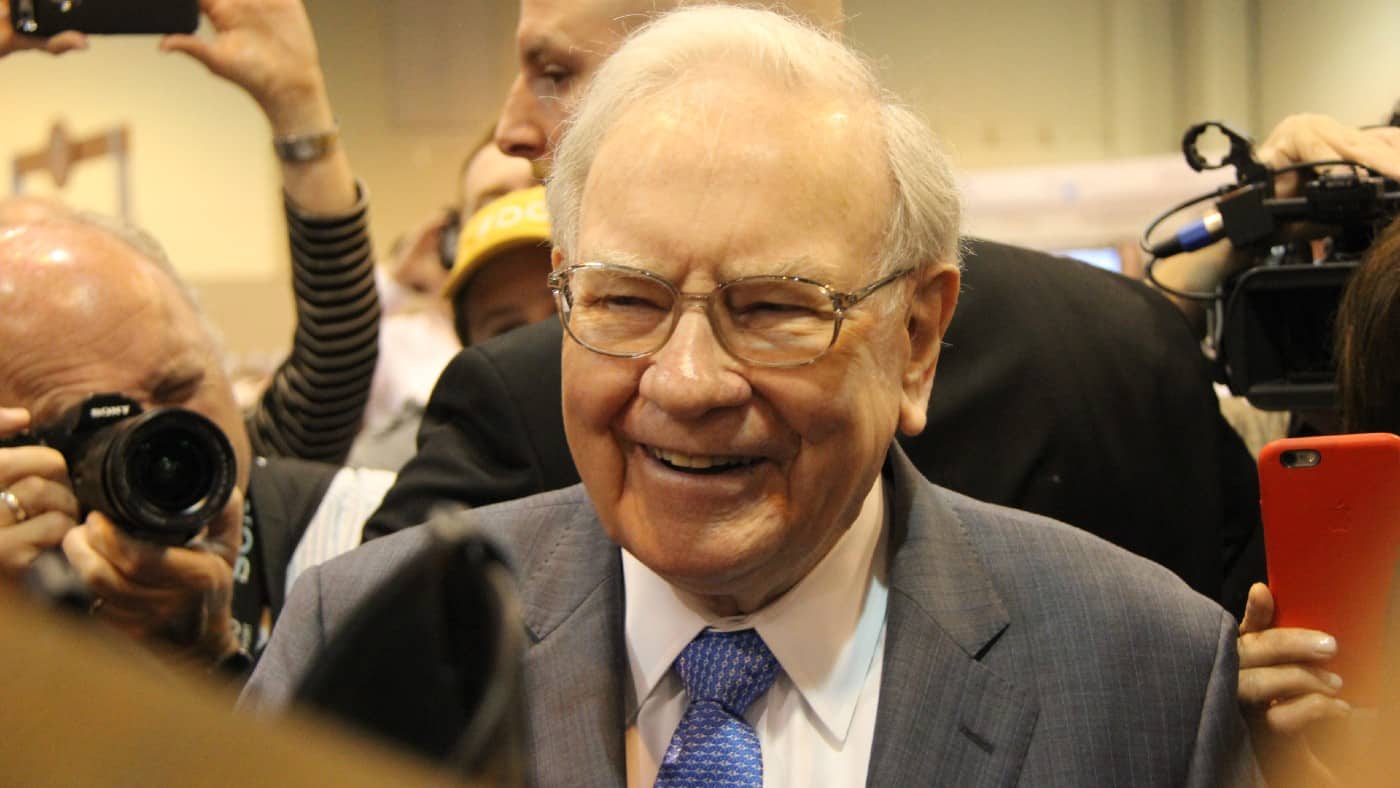Image source: Getty Images
Achieving the ultimate goal of lifelong passive income is no easy feat but it’s possible. It just takes commitment, patience and some smart decisions.
For those with a pot of savings, there are several options to consider. One that requires little effort (but lots of time) is investing in companies that pay dividends.
It’s not a guaranteed method but it has been used successfully by many famous investors over the years. For it to work well, there are some steps to take that can help improve the outcome.
Minimise outgoings
Capital gains from investments are usually taxed so finding ways to minimise this cost is a good first step. For UK residents, opening a Stocks and Shares ISA is one way to benefit from tax savings.
It allows up to £20,000 a year invested into a range of assets with no tax applied on the gains. Britons can typically open one via their high street bank or through a variety of financial institutions.
Please note that tax treatment depends on the individual circumstances of each client and may be subject to change in future. The content in this article is provided for information purposes only. It is not intended to be, neither does it constitute, any form of tax advice. Readers are responsible for carrying out their own due diligence and for obtaining professional advice before making any investment decisions.
Picking stocks
A good passive income portfolio typically includes a diversified mix of growth stocks and dividend shares. While growth shares have the potential to deliver better price returns, dividends provide more reliable income. Both have their advantages.
Many investors include shares from various sectors and regions, reducing exposure to industry-specific and regional risk. With a mix of such stocks, a decent portfolio could achieve an average 6% yield with 5% price appreciation.
By reinvesting the dividends, returns from the investment could compound over time and grow exponentially. With those averages, a £7,000 investment could grow to £57,840 in 20 years, paying £3,200 a year in dividends. Putting an extra £100 each month into the investment would balloon it to £136,000, paying annual dividends of £7,450.
After 30 years, it would’ve reached £411,400, paying dividends of £22,650 a year — almost £2,000 a month.
The stocks I like
With a 2% yield, AstraZeneca doesn’t pay a high dividend. But it’s a stable growth stock that has fared well during economic downturns. It may help to keep a portfolio profitable when markets dip. Tesco‘s another reliable stock, with a 3.5% yield and fairly decent growth in the past decade.
Legal & General‘s (LSE: LGEN) a strong dividend payer and I think it’s worth considering, even though growth has been slow lately. The stock’s down 14% in the past five years, likely due to inflationary pressures and an economic downturn.
If the economy takes another dip it could hurt the share price further and force a dividend cut. When this happened in 2008, it slashed dividends from 6p to 4p per share. It also faces significant competition in the UK insurance industry, which could eat into its market share and threaten profits.
But with a 9% yield, it currently promises a steady stream of income via dividends. Despite the falling share price, it’s increased dividends almost every year since 2009 at an average rate of 7.73%.
Consistent growth’s the key thing to look for in dividend shares.
With earnings forecast to increase 327%, it has an excellent forward price-to-earnings (P/E) ratio of 10.8. As such, analysts predict an average 12-month price target of £2.60, up 15.7%.
Credit: Source link












